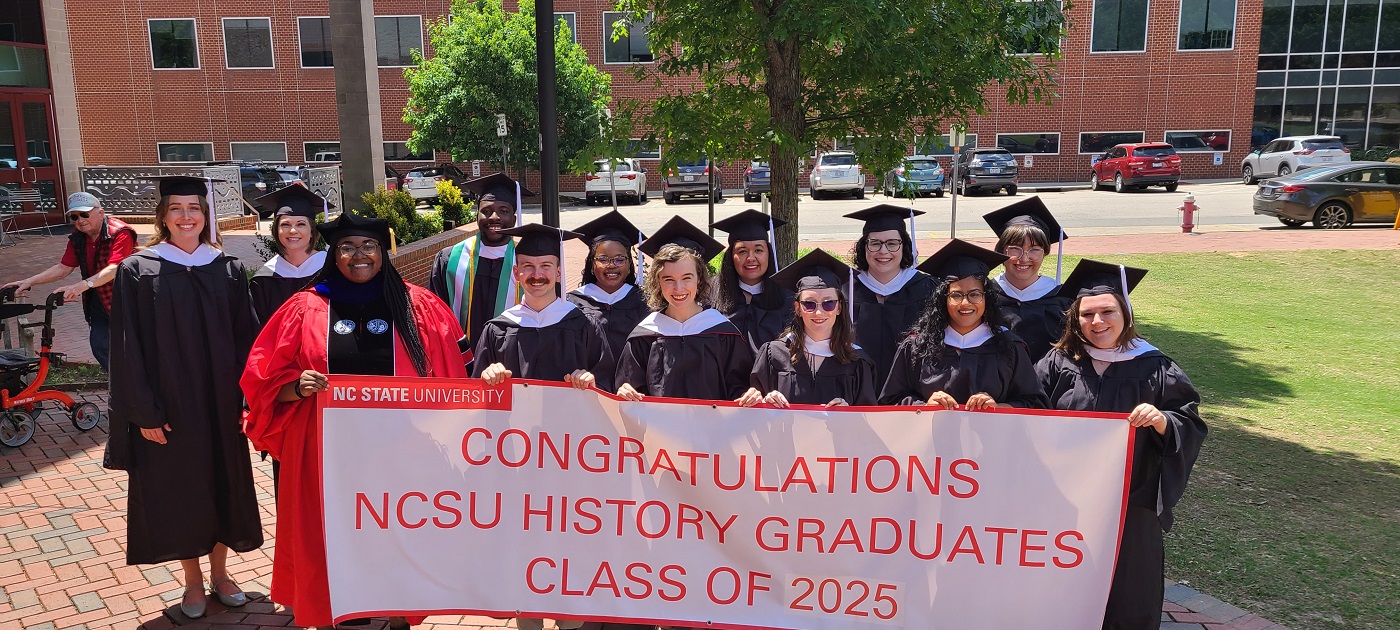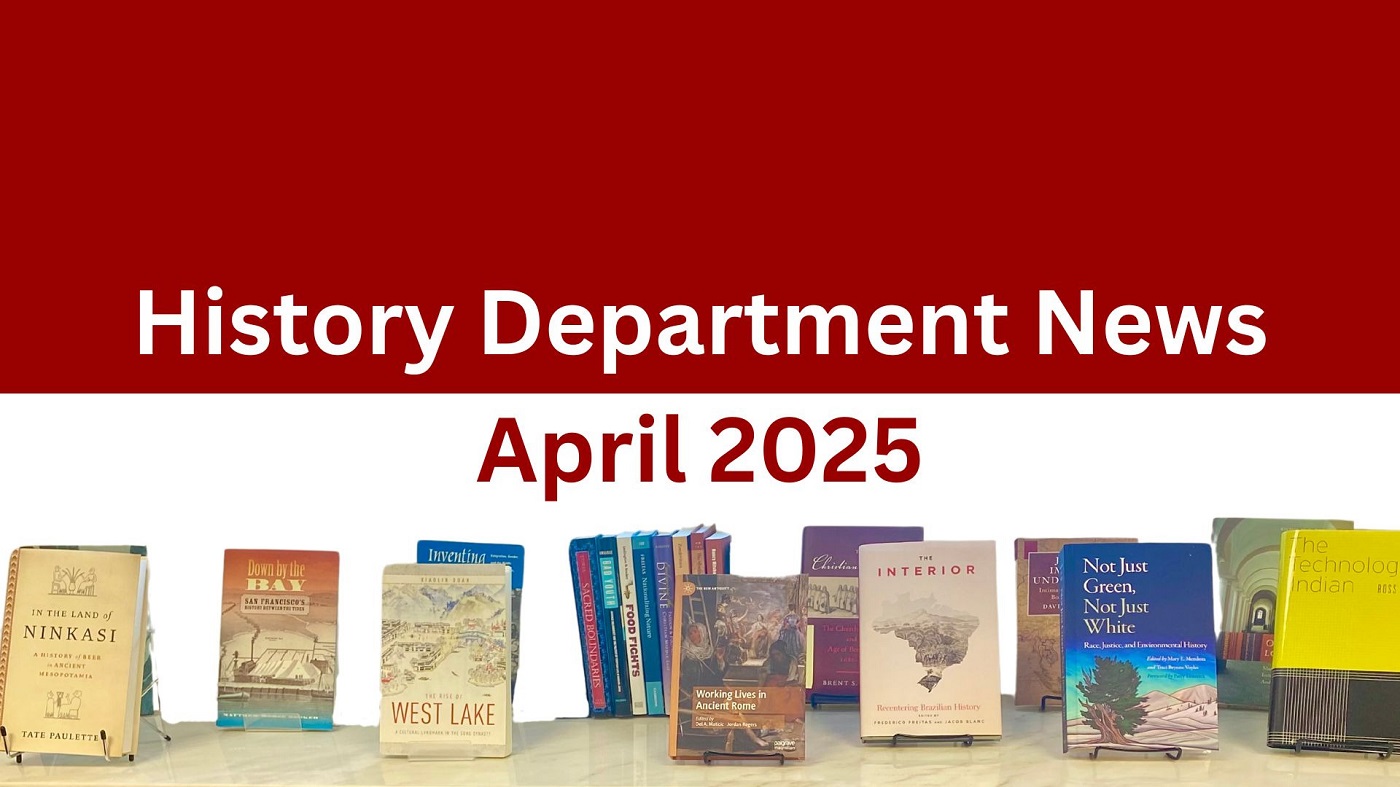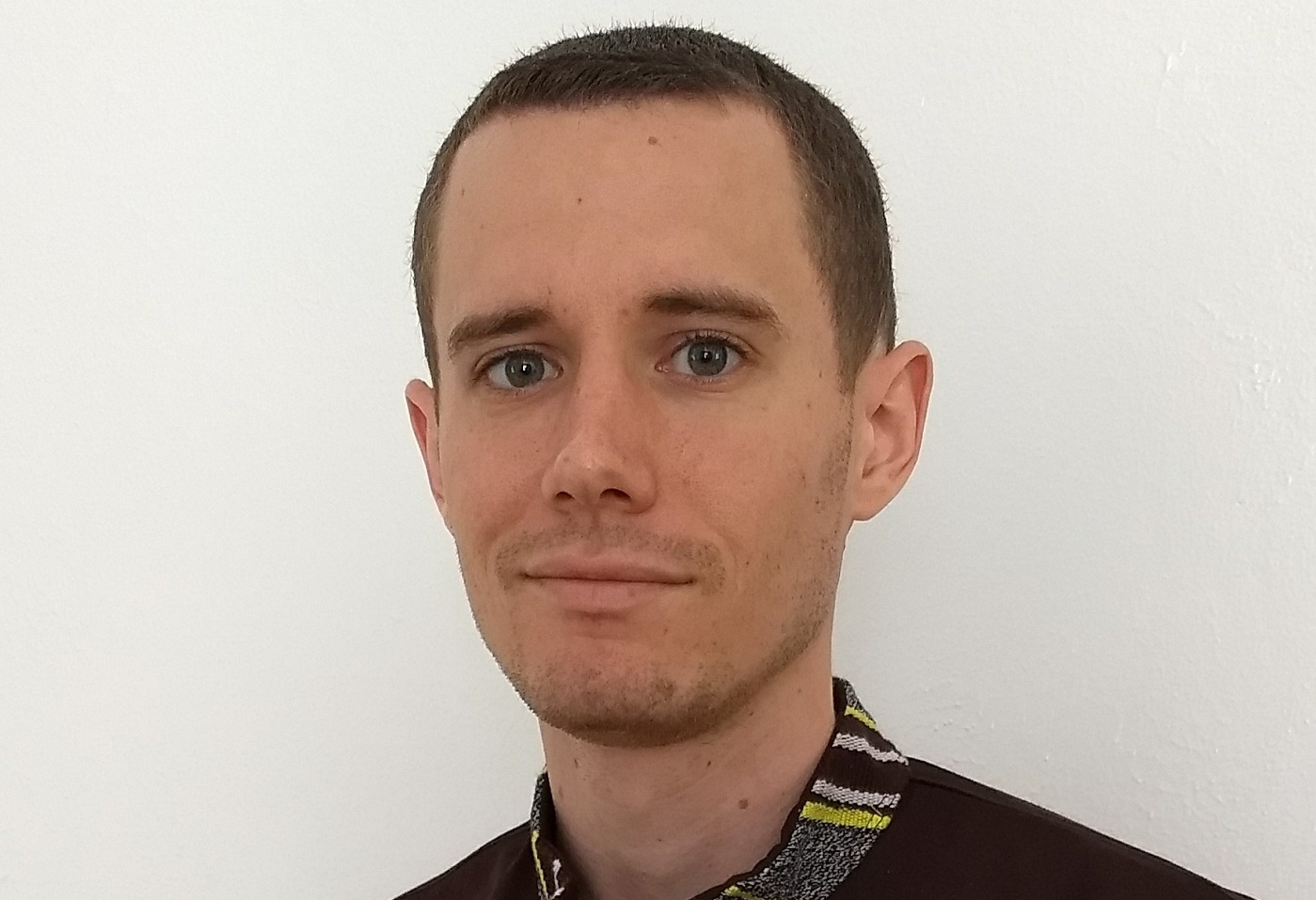Public History MA Student, Karina Burbank, Curates Hill Library Special Collections Exhibit, “A Fair to Remember.”
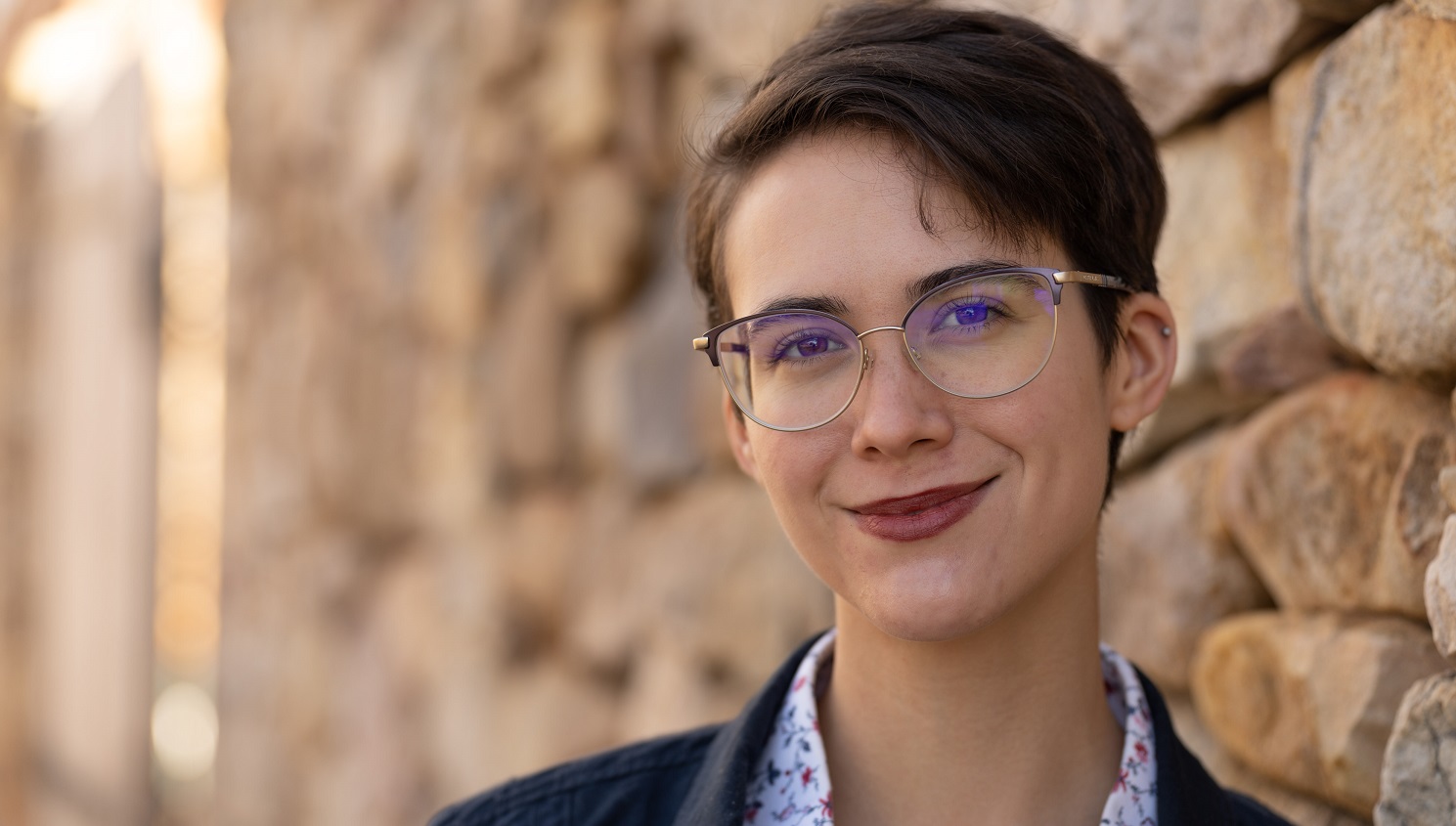
Public History MA student, Karina Burbank is a first-year student currently interning with D.H. Hill Library’s Special Collections. We sat down with Karina to learn more about her and the exhibit she is curating, “A Fair to Remember: The History of the North Carolina State Fair.“
Tell me about the exhibit you are curating for Special Collections.
Special Collections always has a graduate student curate the exhibit. This year, it’s about the history of the North Carolina State Fair. I had been to the State Fair several times before starting the exhibit, but I definitely see it differently now. I’m working on going through our collections and finding relevant materials, finding secondary sources that can help tell the story of those materials, and finding a way to highlight them. I’m also working with Emily Schmidt, who works in the Preservation Unit of Special Collections. She has a graphic design background and has been a big help bringing the exhibit to life.
The exhibit tells the story of the fair, from its early days as an educational institution through today. It considers why we love the fair so much, who the fair is for, and how agricultural education is conducted through the state
Who chose that theme for the exhibit?
Special Collections staff chose it before I started as an intern.
Had you ever curated an exhibit prior to this?
Not exactly. I have a background in historic building preservation. I’ve worked in a lot of small communities with mostly historic sites that sometimes have an interpretive element to them, but one of my goals with this degree is getting more exhibit experience and figuring out how to do historic interpretation in effective ways.

Are you charged with finding the items that are going to be part of the exhibit?
Most of the items are held by NC State’s Special Collections Research Center. Part of the purpose of the exhibit is to highlight the extent of our collections. While I was researching, I found a few different stories, especially about a state fair that was run by the local African American community for just over 50 years. That wasn’t something that our collections had a lot of information about, so I got some reproductions of collections from Duke and from Edgecombe Memorial Library and from the State Archives. I’m using a couple of those reproductions just to make sure we’re telling the full story, but most are from our own collection.
Tell me about some of the items that will be in the exhibit?
Special Collections has a lot of great state fair pictures many of which are also online digitally. We also have a ribbons that local NC State clubs have won from the 40s, 50s, and 60s. And we have the whole collection of Jim Graham, who was the Commissioner for Agriculture for quite a long time. His collection is all NC State related, so he has some amazing artifacts, including a very stylish corduroy fedora with donkey ears. I’m excited for that to see the light of day. We have a lot of really fun pictures of people just enjoying the fair.
Is it easy to find this stuff or are you digging through boxes?
A little bit of both. A lot of our pictures are digitized, but a lot of things I’ve found in boxes. Sometimes I just don’t know what’s in boxes, or don’t know what the context is until I find them. So it’s sometimes kind of an adventure.
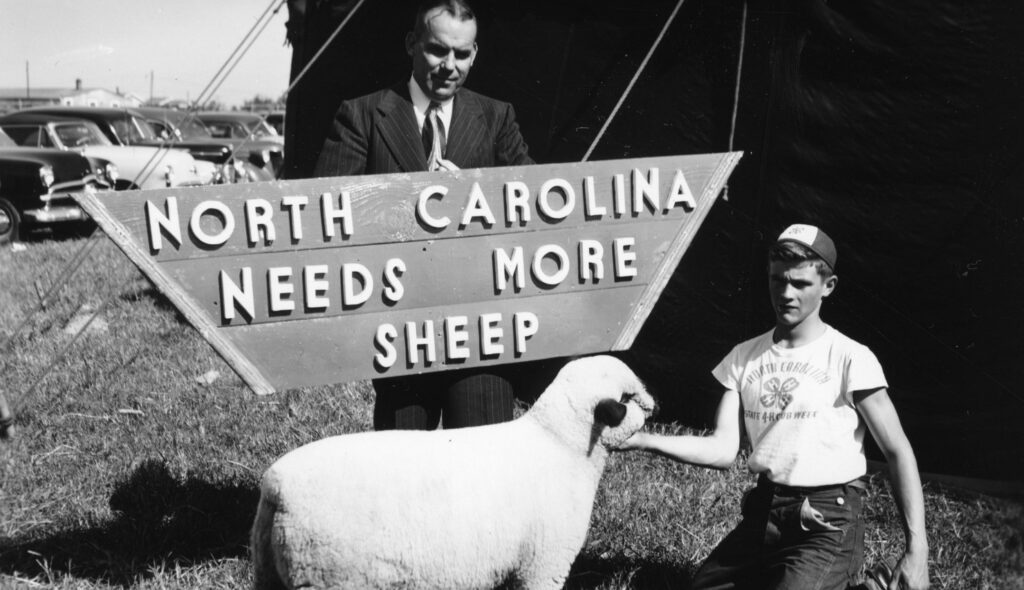
Do you have to get approval for everything you want to put in the exhibit?
Yes. We are reprinting all of our pictures just to make sure that they’re not affected by the light. But for all of the physical objects, we have to work with our Preservation department to make sure that they are not going to be affected by being in a case for a calendar year. In some cases, we’re putting in UV protection, especially for pigments that are susceptible to fading. For instance, the color red fades very easily with UV light, which is not something I knew about.
Who is your direct supervisor on the exhibit?
I am supervised by Dr. Gwynn Thayer, Associate Head and Chief Curator and Todd Kosmerick, University Archivist in Special Collections. They have given me a lot of room for working on this independently, which I really appreciate. I’ve been able to really explore and learn and figure things out. But we definitely do very regular check ins to see what I’m working on and to make sure that things are on track. Emily’s always there too. She’s been really integral to the process of getting this exhibit up and ready. Todd, especially because he’s the University Archivist, has a lot of knowledge about things that we have within University Archives and University history. He was really helpful at pointing me to boxes that I might find interesting,
I have been working on drafting all of the text in the back of the cases and all of the captions, and I’ve gotten feedback on that from Library Communications. But I have a lot of independence on pulling those together.
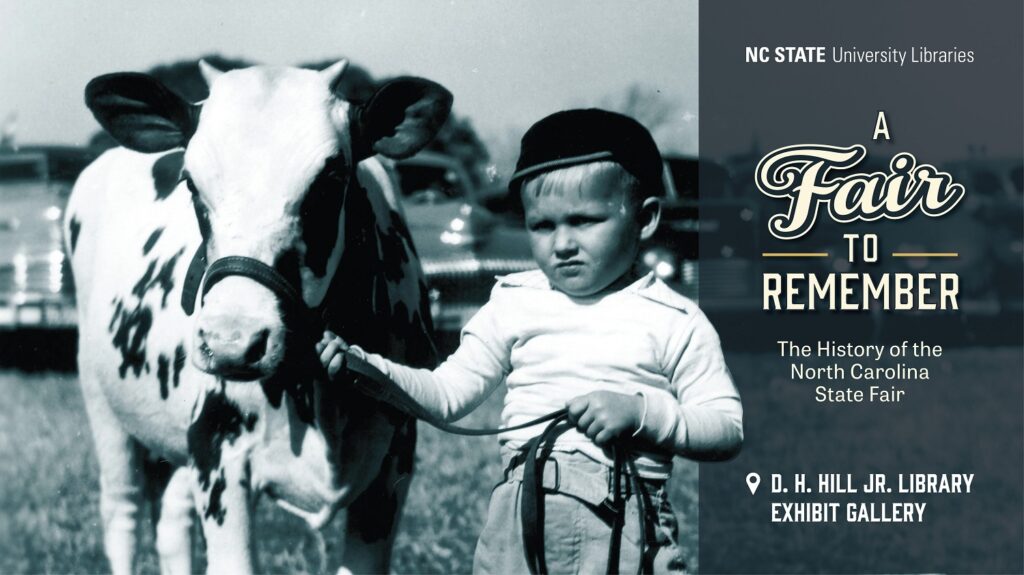
Let’s talk about the exhibit opening that’s coming up.
It will be on Thursday, March 27, from 1:00-3:00pm. We will be having some food and a tour of the collections, and some speakers from within Special Collections and Hill Library. Guests will have a chance to look at and think about the objects. It will be fun for me to see the reactions to the exhibit for the first time. The exhibit will be up for a year.
What do you want to do with your Public History degree?
I’m hoping to work in a museum or historic sites doing historic interpretation. I really like working with small communities or community-focused organizations. I have been joking that I came into this Public History program with more of a background in public than history. I feel like I’m learning a lot about how the field of history, which I don’t have a huge background in, works. But I love working with the public, and I have worked in customer service since I was a teenager, so I just love that aspect of making connections with people,
- Categories:
